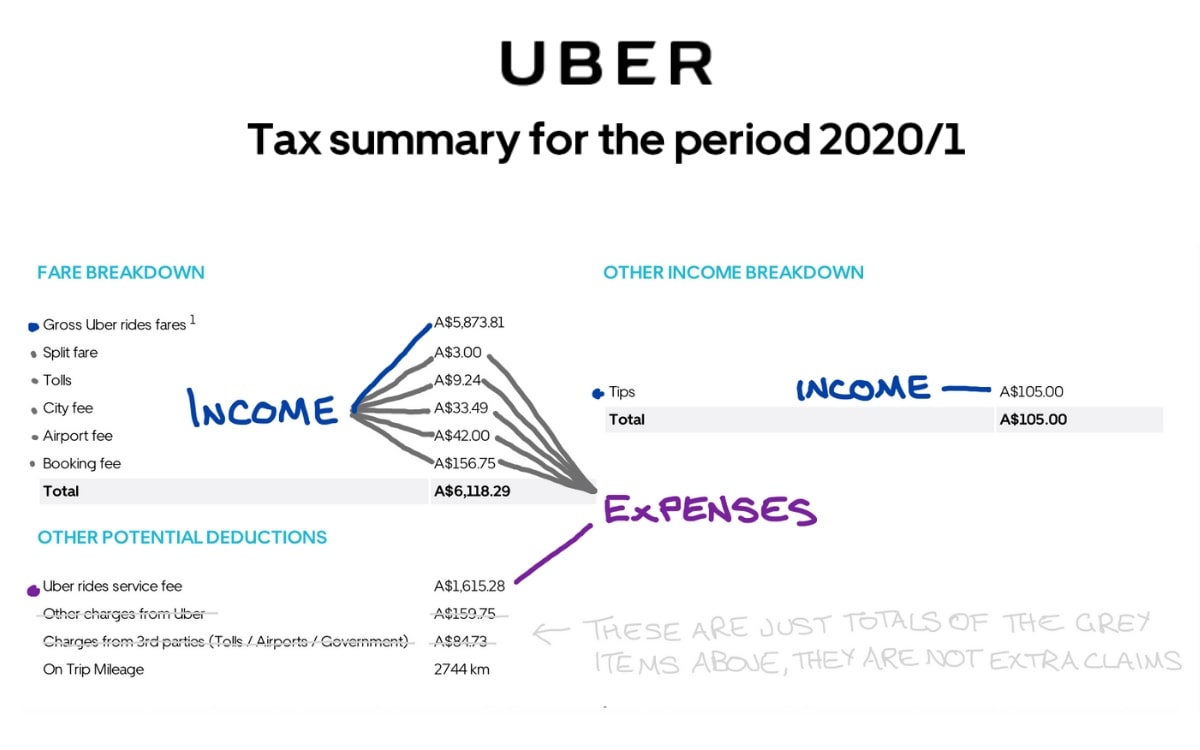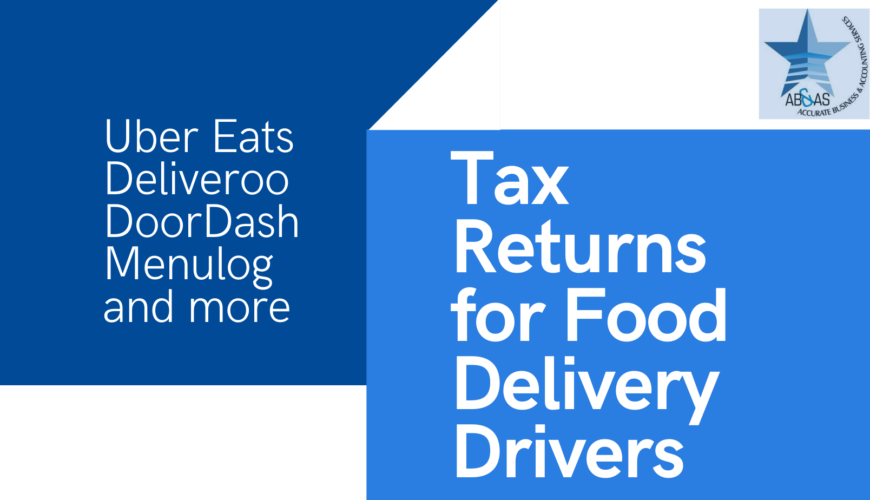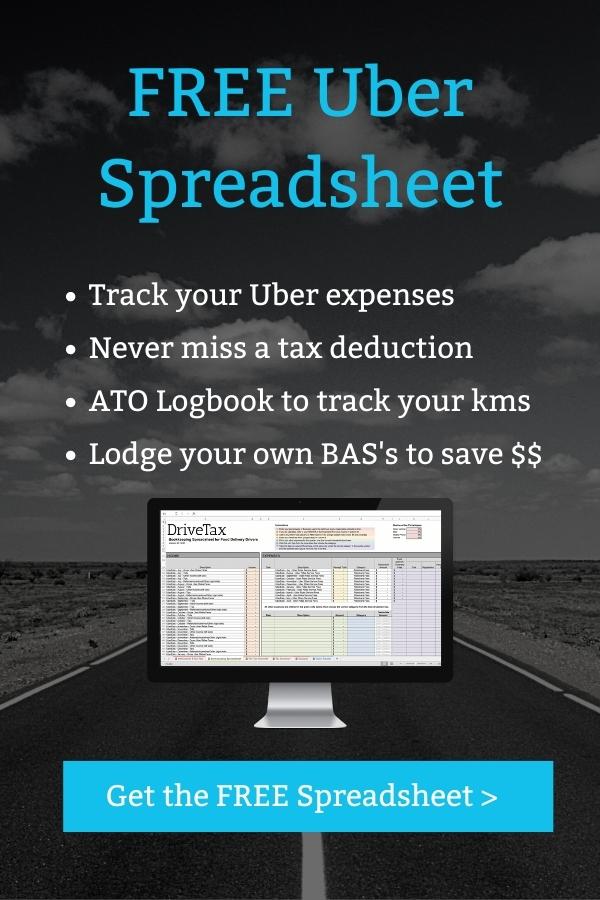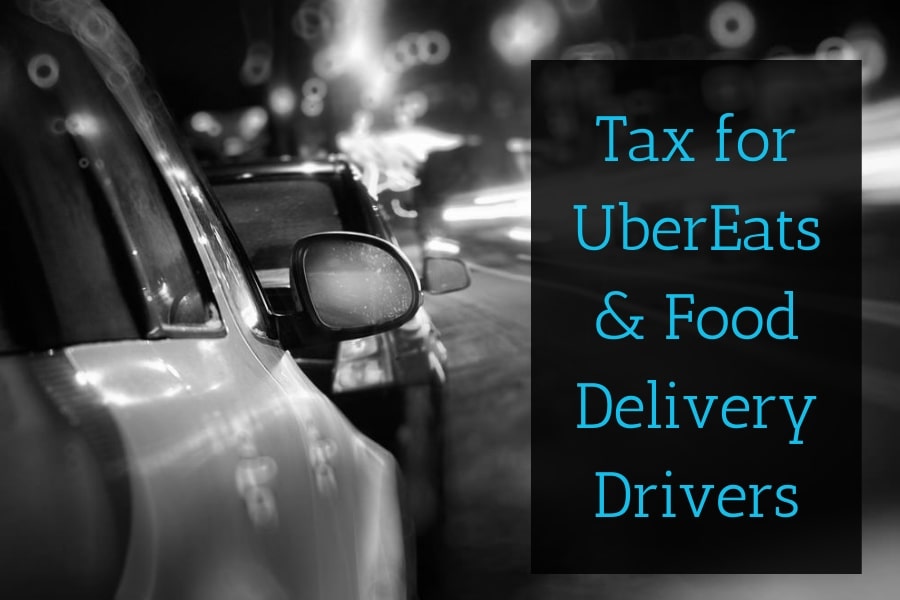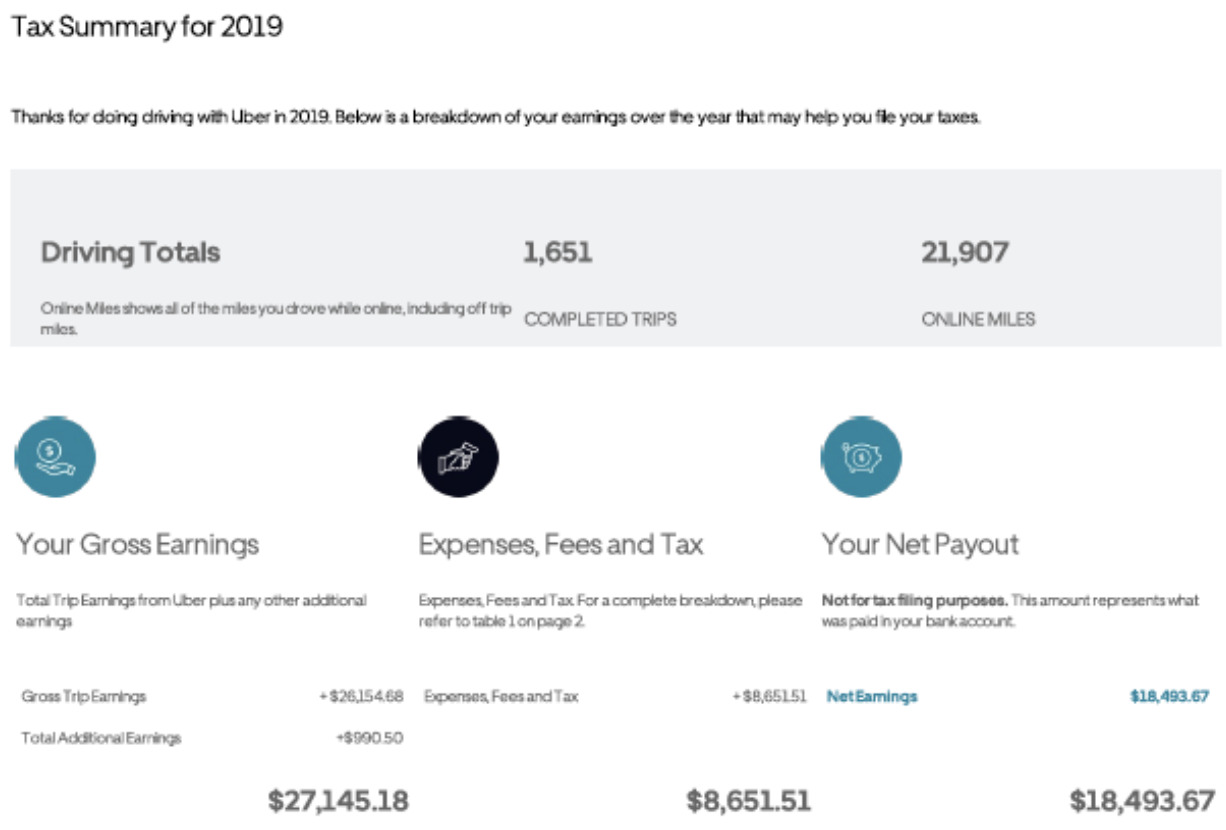Tax Deductions For Uber Eats Drivers

Uber Eats drivers, are you leaving money on the table? The tax deadline is looming, and maximizing your deductions could significantly reduce your tax burden.
This article cuts through the complexity, providing a vital guide to the tax deductions you can claim as an independent contractor, helping you navigate expenses from mileage to meals. Let's make sure you claim everything you deserve!
Understanding Your Tax Obligations
As an Uber Eats driver, you're classified as an independent contractor. This means you're responsible for paying your self-employment taxes, including Social Security and Medicare, in addition to income tax.
You'll need to file a Schedule C (Profit or Loss from Business) with your Form 1040 to report your income and expenses. Keeping meticulous records throughout the year is critical.
Key Deductible Expenses
One of the largest deductions for delivery drivers is mileage. You can deduct the actual expenses of operating your vehicle (gas, oil changes, repairs) or take the standard mileage rate set by the IRS.
For 2023, the standard mileage rate was 65.5 cents per mile for business miles driven. Choose the method that results in the larger deduction.
You can also deduct the cost of your cell phone, provided you use it for business purposes. The deduction is limited to the percentage of time you use the phone for Uber Eats activities.
Similarly, you can deduct the cost of a phone mount if you use it for work, plus any fees for navigation apps if you use them to help with your work.
Other Potential Deductions
Many drivers are not aware that they can deduct the cost of hot bags used to maintain food temperature. These are considered necessary business expenses.
You can also deduct the cost of parking and tolls incurred while making deliveries. Keep receipts or detailed records of these expenses.
Under certain circumstances, you might be able to deduct the cost of meals. You can only deduct this if the meal is directly related to your business and if you are away from your tax home.
Health insurance premiums are also potentially deductible, even if you're not itemizing. You can deduct these above-the-line, reducing your adjusted gross income.
Home Office Deduction
If you use a portion of your home exclusively and regularly for your Uber Eats business, you may be able to claim the home office deduction.
This can be calculated using the simplified option (up to $5 per square foot, maximum 300 square feet) or the regular method, which involves allocating a percentage of your home expenses.
Record Keeping is Crucial
The IRS requires you to maintain accurate records to substantiate your deductions. This includes mileage logs, receipts, invoices, and bank statements.
Use a mileage tracking app or spreadsheet to document your business miles. Categorize your expenses carefully to ensure accurate reporting.
"The key to maximizing your tax deductions is meticulous record-keeping and understanding the specific rules that apply to independent contractors," says Sarah Jones, a tax professional specializing in gig economy workers.
If you’re still confused, it's a good idea to consider getting some help.
Next Steps
Consult with a qualified tax professional to ensure you're taking all available deductions. The IRS website offers resources for self-employed individuals.
Gather your financial records and prepare your Schedule C. Don't wait until the last minute; start now to avoid errors and penalties.
Stay informed about changes in tax laws that may affect your business. Act now to minimize your tax liability and keep more of your earnings!


